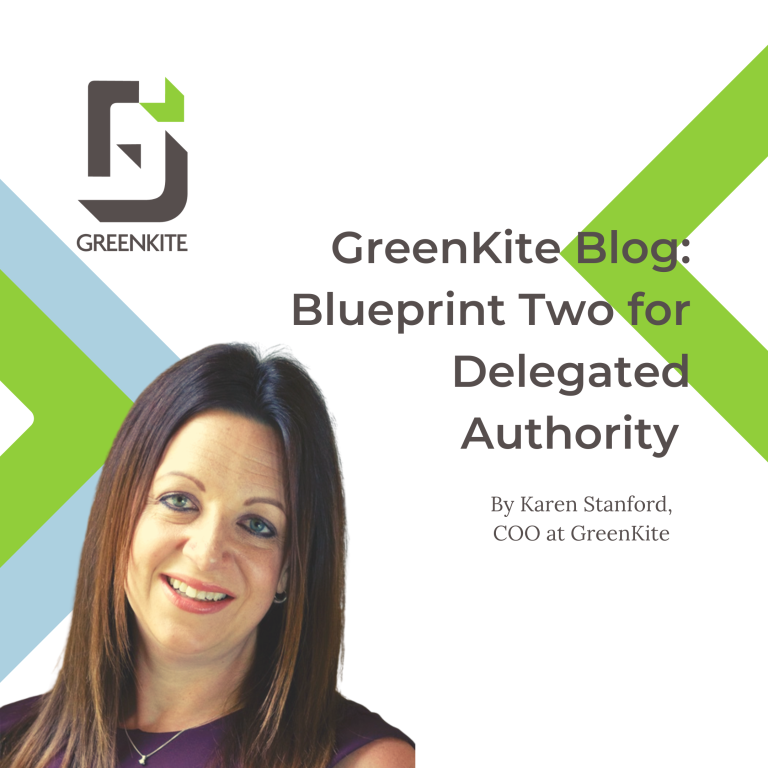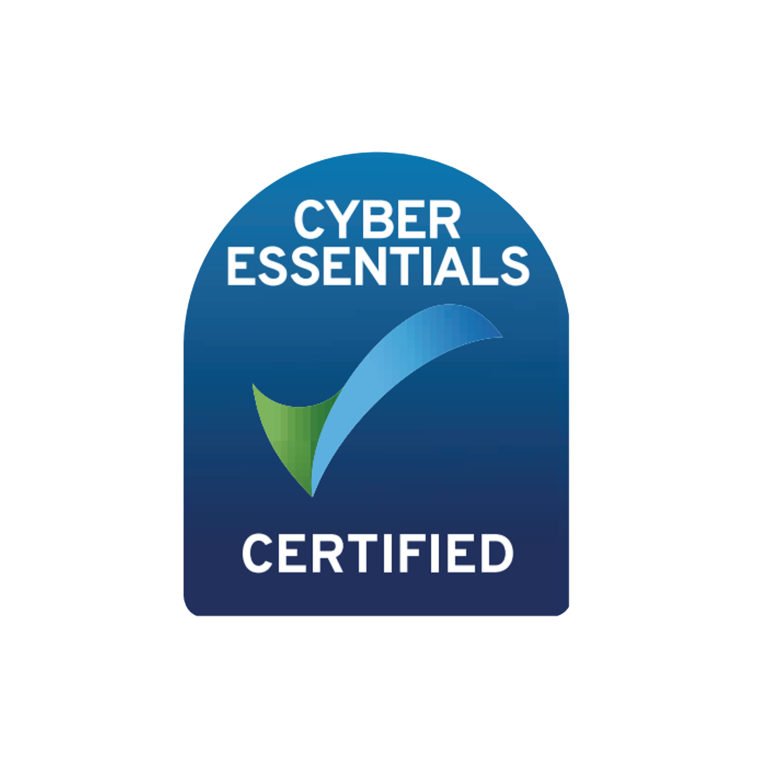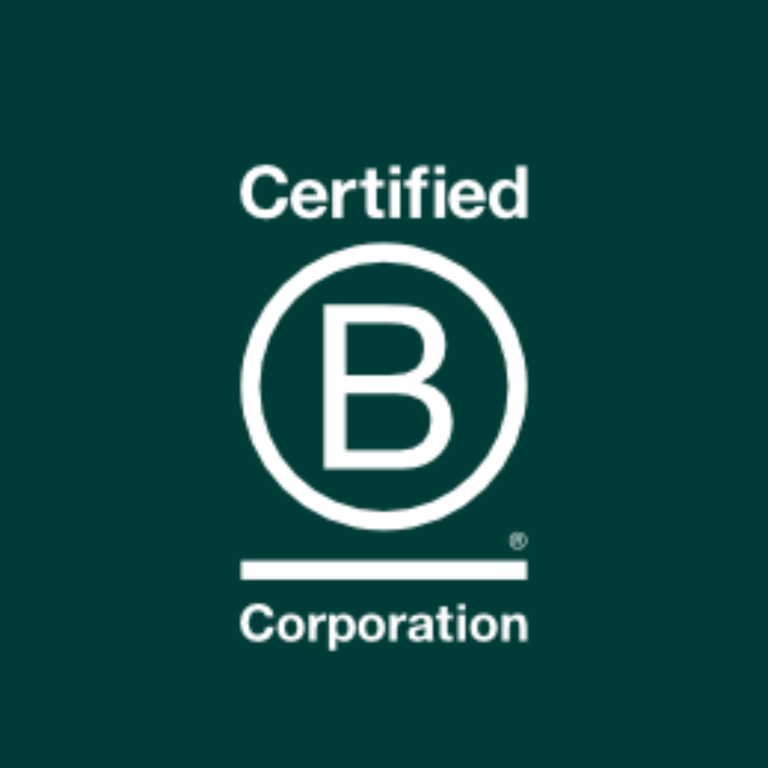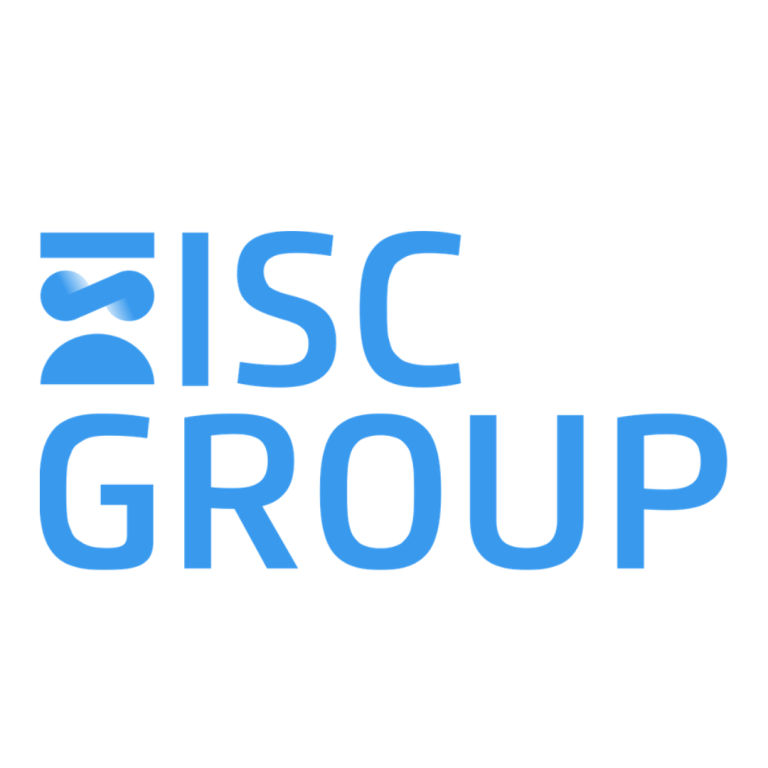
Blueprint Two for Delegated Authority
What should we do now while we wait for a revised DA Strategy?
As a market, the Lloyd’s Blueprint mantra of putting data first in a digital environment cannot be argued against, recognising that Delegated Authority (DA) business is premised on capturing and transferring data from coverholder to carrier. Accurate and timely data ensures complete transparency of the risks that have been underwritten and claims made and supports good underwriting decisions, ultimately leading to enhanced competitive advantage. Anyone in this insurance sector understands the challenges and costs of taking poor-quality data and conforming it into a centralised system for onward processing and detailed analysis.
Blueprint Two has delivered several improvements across the market during 2022, from the implementation and ongoing enhancements to Delegated Contract and Oversight Manager (DCOM) to ensure all DA contracts are centrally captured to the integration of DCOM with Delegated Data Manager (DDM) (the central bordereaux processing platform that went live in 2018) to support auto-population and centralisation of data. Lloyd’s has, however, stopped short of making DDM a condition to its terms of trade. This aspiration was set out several years ago. It may no longer be fit for purpose in a market that invests heavily in data and digital solutions and has since moved at pace outgrowing the original strategy.
Lloyd’s is now going back to the drawing board and is in consultation with all key stakeholders to redefine the DA strategy for the market, and we eagerly await their direction. Recognising that the focus on data will remain, what can firms do to improve their data while the more comprehensive strategy is being determined?
Firstly, understand your data capture and data quality processes. Some key questions are pivotal to understanding data within your organisation:
- Who within your business has accountability and responsibility for ensuring that data quality is at the forefront of all functions?
- How do you measure and monitor data quality?
- What data is critical for your business?
- Does your company have a data culture in place?
In a world where data is the gateway to securing A-rated capacity, ensuring you understand your business is critical. Preparation for acquisition is also enhanced by having the right analytics at your fingertips. Understanding your data landscape is vital to ultimate business success.
Secondly, do not be overwhelmed by the prospect of improving every single data capture field across your business.
- Start small, agree on the first data set for review and decide on an achievable improvement programme. Remember, while the Core Data Record (CDR) is now limited to open market business, it provides real insight into what we can expect in the delegated authority environment further down the line.
- Comparing your core data fields against those in Lloyd’s mandatory coverholder reporting will stand you in good stead for whatever is coming down the line.
Thirdly, your technology provider should be your strategic partner in this initiative, and this technology should help you assess and measure data quality. Collaborating with your technology provider should enable you to jointly address any deficiencies and see demonstrable improvements in your data. If they cannot provide adequate support on this journey, consider working with a consultant or changing vendors altogether. The work to address any issues and prevent recurrence will be a joint business and technology initiative however should be business-led. Business rules will determine what should and shouldn’t be captured, and therefore, the requirements must be driven by key business stakeholders; the solution is implemented within the technology space.
Finally, recognising that data drives value and competitive advantage within firms means that regardless of when Blueprint issue their DA strategy, firms should be working on the development and execution of their data culture within their organisation. Senior management needs to drive this change while recognising that they must identify and communicate the vision, skillsets, technology and culture across all their business to make this a success.
Consolidated, structured and accurate data is at the heart of the Blueprint Two agenda to enhance efficiencies and reduce business costs. Still, the real driver should be your desire to shape changes rather than reacting to the emergence of the Blueprint Two strategy. It is advantageous to recognise and embrace the benefits of quality data in a highly competitive market where gaining a competitive advantage is essential.
GreenKite has considerable experience working with insurance clients and technology providers to improve data integrity. Please get in touch with Karen Stanford for more information.






